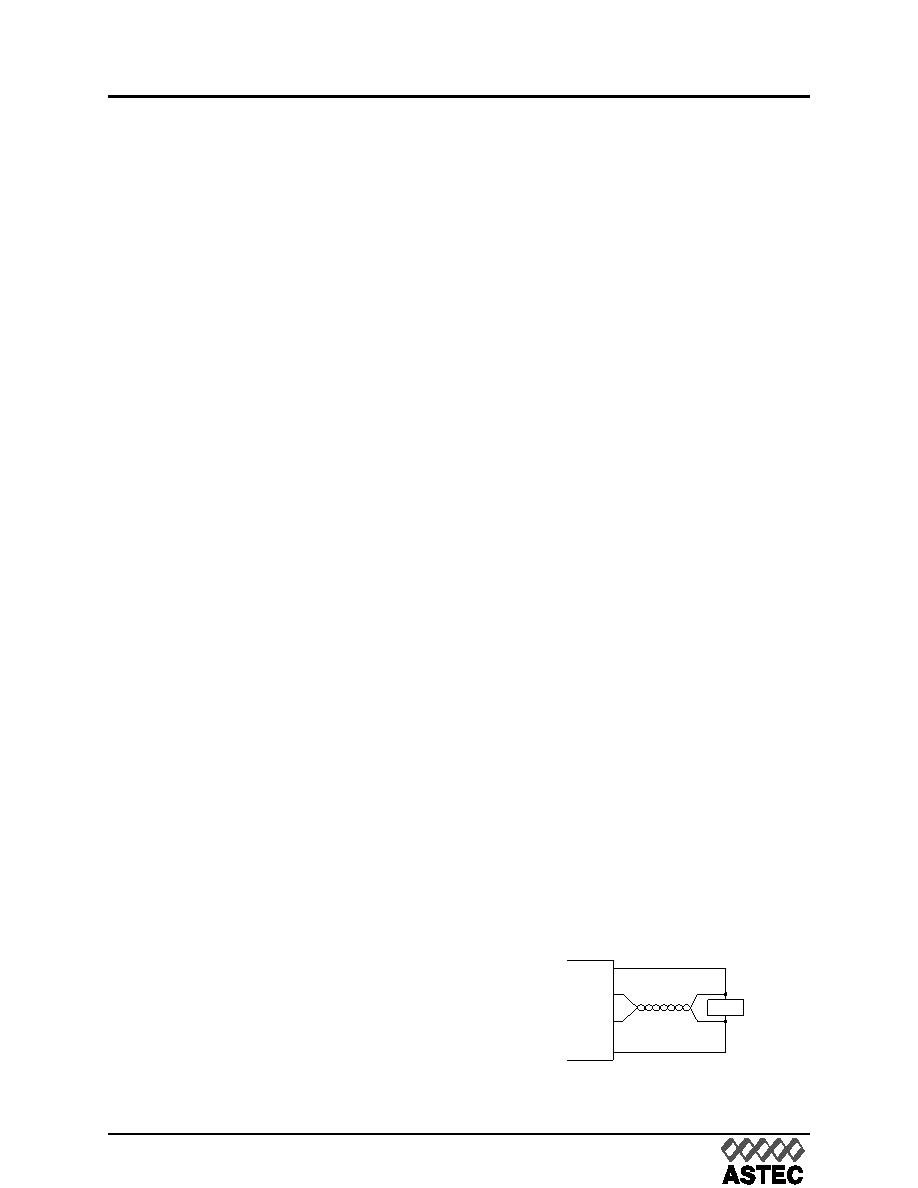- 您現(xiàn)在的位置:買賣IC網(wǎng) > PDF目錄294979 > AEH10G24-N 1-OUTPUT 25 W DC-DC REG PWR SUPPLY MODULE PDF資料下載
參數(shù)資料
| 型號: | AEH10G24-N |
| 元件分類: | 電源模塊 |
| 英文描述: | 1-OUTPUT 25 W DC-DC REG PWR SUPPLY MODULE |
| 文件頁數(shù): | 18/38頁 |
| 文件大小: | 517K |
| 代理商: | AEH10G24-N |
第1頁第2頁第3頁第4頁第5頁第6頁第7頁第8頁第9頁第10頁第11頁第12頁第13頁第14頁第15頁第16頁第17頁當(dāng)前第18頁第19頁第20頁第21頁第22頁第23頁第24頁第25頁第26頁第27頁第28頁第29頁第30頁第31頁第32頁第33頁第34頁第35頁第36頁第37頁第38頁

A
A
A E
E
E H
H
H 2
2
2 4
4
4 V
V
V IIIIn
n
n p
p
p u
u
u tttt H
H
H a
a
a llllffff--B
B
B rrrriiiic
c
c k
k
k S
S
S e
e
e rrrriiiie
e
e s
s
s P
P
P o
o
o w
w
w e
e
e rrrr C
C
C o
o
o n
n
n v
v
v e
e
e rrrrtttte
e
e rrrrs
s
2
2 ....5
5
5 V
V
V,,,, 3
3
3 ....3
3
3 V
V
V,,,, 5
5
5 V
V
V S
S
S iiiin
n
n g
g
g lllle
e
e O
O
O u
u
u ttttp
p
p u
u
u tttt,,,, 5
5
5 0
0
0 --1
1
1 5
5
5 0
0
0 W
W
-25-
USA
Europe
Asia
TEL:
1-760-930-4600
44-(0)1384-842-211
852-2437-9662
FAX:
1-760-930-0698
44-(0)1384-843-355
852-2402-4426
www.astec.com
ule should be installed in end-use equipment, in
compliance with the requirements of the ulti-
mate application, and is intended to be supplied
by an isolated secondary circuit. When the sup-
ply to the DC/DC power module meets all the
requirements for SELV(<60Vdc), the output is
considered to remain within SELV limits (level
3). If connected to a non-SELV power system,
double or reinforced insulation must be provid-
ed in the power supply that isolates the input
from any hazardous voltages, including the ac
mains. One Vi pin and one Vo pin are to be
grounded or both the input and output pins are
to be kept floating. Single fault testing in the
power supply must be performed in combina-
tion with the DC/DC power module to demon-
strate that the output meets the requirement for
SELV. The input pins of the module are not
operator accessible.
Note: Do not ground either of the input pins of
the module, without grounding one of the output
pins. This may allow a non-SELV voltage to
appear between the output pin and ground.
Case Grounding
For proper operation of the module, the case or
baseplate of the AEH 24Vin module does not
require a connection to a chassis ground. If the
AEH module is not in a metallic enclosure in a
system, it may be advisable to directly ground
the case to reduce electric field emissions.
Leaving the case floating can help to reduce
magnetic field radiation from common mode
noise currents. If the case has to be grounded
for safety or other reasons, an inductor can be
connected to chassis at DC and AC line fre-
quencies, but be left floating at switching fre-
quencies. Under this condition, the safety
requirements are met and the emissions are
minimized.
Output Characteristic
Minimum Load Requirement
There no minimum load requirement for the
AEH 24Vin series modules.
Remote Sensing
The AEH 24Vin converter can remotely sense
both lines of its output which moves the effec-
tive output voltage regulation point from the out-
put of the unit to the point of connection of the
remote sense pins. This feature automatically
adjusts the real output voltage of the AEH
24Vin in order to compensate for voltage drops
in distribution and maintain a regulated voltage
at the point of load.
When the converter is supporting loads far
away, or is used with undersized cabling, sig-
nificant voltage drop can occur at the load. The
best defense against such drops is to locate the
load close to the converter and to ensure ade-
quately sized cabling is used. When this is not
possible, the converter can compensate for a
drop of up to 0.5V, through use of the sense
leads.
When used, the + and - sense leads should be
connected from the converter to the point of
load as shown in Figure 9 using twisted pair
wire. The converter will then regulate its output
voltage at the point where the leads are con-
nected. Care should be taken not to reverse the
sense leads. If reversed, the converter will trig-
ger the OVP protection and turn off. When not
used, the +Sense lead must be connected
with +Vo directly, and -Sense with -Vo. Also
note that the output voltage and the remote
sense voltage offset must be less than the min-
+Vout
-Vout
Load
+Sense
-Sense
Twisted Pair
+S
-S
Fig.9 Sense Connections
相關(guān)PDF資料 |
PDF描述 |
|---|---|
| AEH30A24-6 | 1-OUTPUT DC-DC REG PWR SUPPLY MODULE |
| AEUFB-BR1 | INTERCONNECTION DEVICE |
| BANFA-BS1 | INTERCONNECTION DEVICE |
| AEV110122 | POWER/SIGNAL RELAY, SPST, MOMENTARY, 0.013A (COIL), 12VDC (COIL), 1400mW (COIL), 10A (CONTACT), 400VDC (CONTACT), PANEL MOUNT |
| AEV110242 | POWER/SIGNAL RELAY, SPST, MOMENTARY, 0.052A (COIL), 24VDC (COIL), 1400mW (COIL), 10A (CONTACT), 400VDC (CONTACT), PANEL MOUNT |
相關(guān)代理商/技術(shù)參數(shù) |
參數(shù)描述 |
|---|---|
| AEH10G48 | 功能描述:DC/DC轉(zhuǎn)換器 CONV DC-DC 50W 48VIN RoHS:否 制造商:Murata 產(chǎn)品: 輸出功率: 輸入電壓范圍:3.6 V to 5.5 V 輸入電壓(標(biāo)稱): 輸出端數(shù)量:1 輸出電壓(通道 1):3.3 V 輸出電流(通道 1):600 mA 輸出電壓(通道 2): 輸出電流(通道 2): 安裝風(fēng)格:SMD/SMT 封裝 / 箱體尺寸: |
| AEH10G48N | 功能描述:DC/DC轉(zhuǎn)換器 CONV DC-DC 50W 48VIN RoHS:否 制造商:Murata 產(chǎn)品: 輸出功率: 輸入電壓范圍:3.6 V to 5.5 V 輸入電壓(標(biāo)稱): 輸出端數(shù)量:1 輸出電壓(通道 1):3.3 V 輸出電流(通道 1):600 mA 輸出電壓(通道 2): 輸出電流(通道 2): 安裝風(fēng)格:SMD/SMT 封裝 / 箱體尺寸: |
| AEH130PD01 | 制造商:XPPOWER 制造商全稱:XP Power Limited 功能描述:AC-DC Power Supplies |
| AEH130PD02 | 制造商:XPPOWER 制造商全稱:XP Power Limited 功能描述:AC-DC Power Supplies |
| AEH130PD03 | 制造商:XPPOWER 制造商全稱:XP Power Limited 功能描述:AC-DC Power Supplies |
發(fā)布緊急采購,3分鐘左右您將得到回復(fù)。